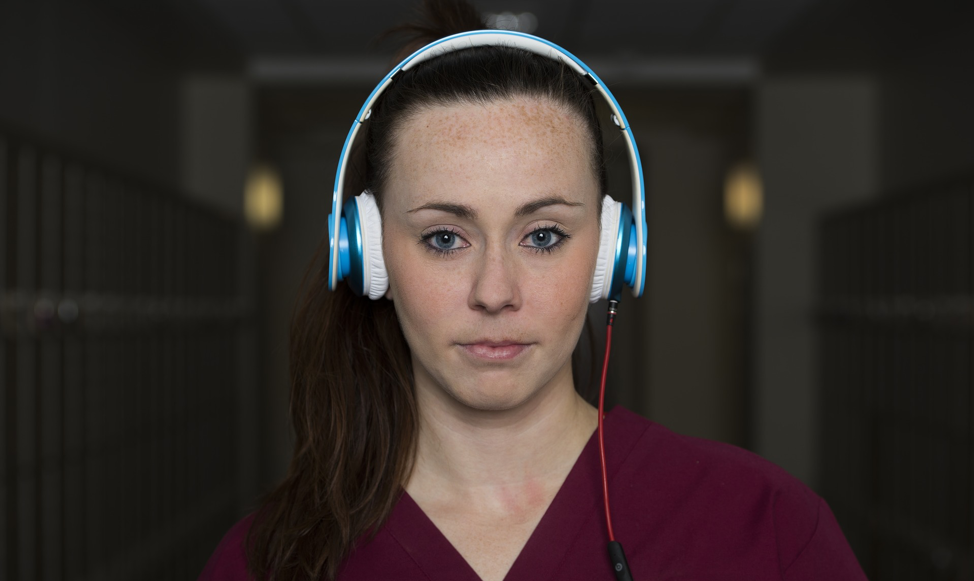There is no denying it; now is a great time to work in healthcare.
U.S. News & World Report has released their oft-anticipated annual list of 100 Best Jobs for 2020 and, without a doubt, the healthcare industry is the clear winner. Of the 100 to be named best overall—which were measured on multiple components, including median salary, unemployment rate, 10-year growth volume, 10-year growth percentage, future job prospects, stress level, and work-life balance—46 of them are in healthcare, making it the most popular industry to be included on the list.
See which jobs made the list below.
2. Dentist
3. Physician Assistant
4. Orthodontist
5. Nurse Practitioner
7. Physician
8. Speech-Language Pathologist
9. Oral and Maxillofacial Surgeon
10. Veterinarian
13. Registered Nurse
15. Physical Therapist
16. Optometrist
17. Anesthesiologist
17. Obstetrician and Gynecologist
17. Surgeon
21. Nurse Anesthetist
22. Pediatrician
24. Dental Hygienist
25. Genetic Counselor
26. Physical Therapist Assistant
28. Occupational Therapist
34. Psychiatrist
37. Home Health Aide
40. Respiratory Therapist
41. Diagnostic Medical Sonographer
47. Podiatrist
52. Medical Assistant
55. Medical Records Technician
56. Prosthodontist
58. Veterinary Technologist and Technician
61. Orthotist and Prosthetist
62. Personal Care Aide
64. Massage Therapist
66. Dental Assistant
69. Physical Therapist Aide
70. Occupational Therapy Assistant
75. Radiologic Technologist
76. MRI Technologist
77. Chiropractor
82. Nurse Midwife
83. Phlebotomist
88. Dietitian and Nutritionist
89. Ophthalmic Medical Technician
90. Clinical Laboratory Technician
91. Licensed Practical and Licensed Vocational Nurse
97. Optician
99. Esthetician and Skincare Specialist
Disclaimer: The viewpoint expressed in this article is the opinion of the author and is not necessarily the viewpoint of the owners or employees at Healthcare Staffing Innovations, LLC.














